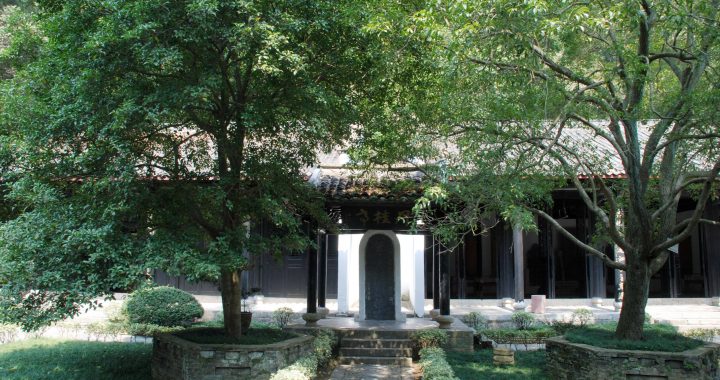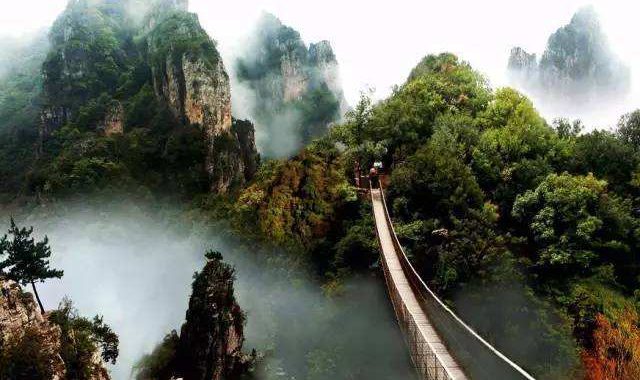Lu Shan’s most maiestic sights
3 min readPerched at3,838feet(1,167m)and ringed by mountains, Guling Town(guling zhen rhers), better known to Westerners as“Kuling” for its“cooling” climate, is convenient place to start any excursion.
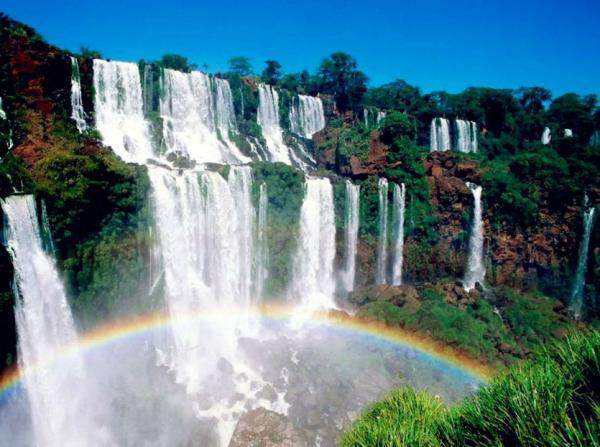
Exploring by foot is easy within Guling. Start off with the European-styled villas, which used to be summer rest-stations for the large foreign summer community. Englishman E.L. Little was the first to set up the summer resort in 1895, and though the inhabitants are long gone, the colonial houses are architectural, cultural and historical repositories.
Some have evolved into museums and others into guesthouses.
Meilu Villa(meilu bieshu) is must-see- cultural relic. Built in1903,the summer home was a gift to China’ s power couple: Chiang Kai-shek and his wife Song Meiling.
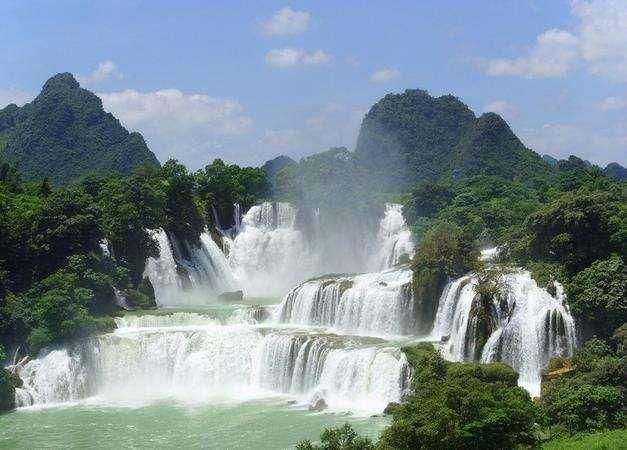
Hexi Lu on Hedong Lu, just southwest of central Guling. The paint is peeled and the garden grounds are in disarray, but several historical mementos still pepper the mansion’s interiors. Decorated by paintings done by the former First Lady herself, her lavish bedroom remains unchanged and also contains pictures of the couple.stone’s’ throw away is People’s’ Hall(renmin juyuan) now converted into museum. Also known as Lu Shan Conference Site(lushan huiyi huizhi), it was at meetings here in 1959 and 1970 that Chairman Mao change changed the course of China’s history.
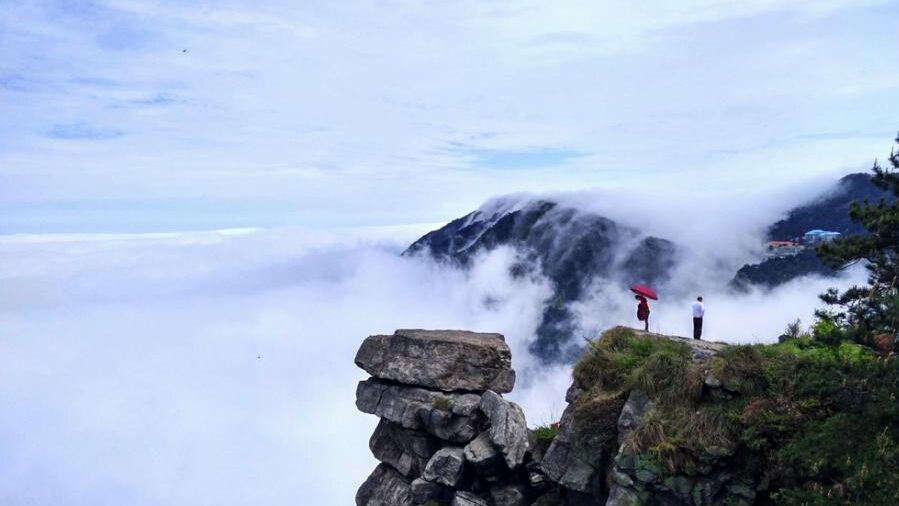
Between Guling and Embracing Lake Poyang Archway is Lulin Lake(lulin hu) the Yellow and Black Dragon Pools(huang long tan, wulong tan an and its five gorgeous waterfalls. Follow the cement paths for a pleasant daylong hike. ght on the Lu Shan.
Beside the lake is the Former Residence of Mao Zedong( Zedong guju), which houses the Lu Shan Museum(lushan bowuguan). Religion, geography,
Communist and natural history can all be found under one roof. You can find archival pictures of visiting dignitaries as well as an educational collection of insect specimens.
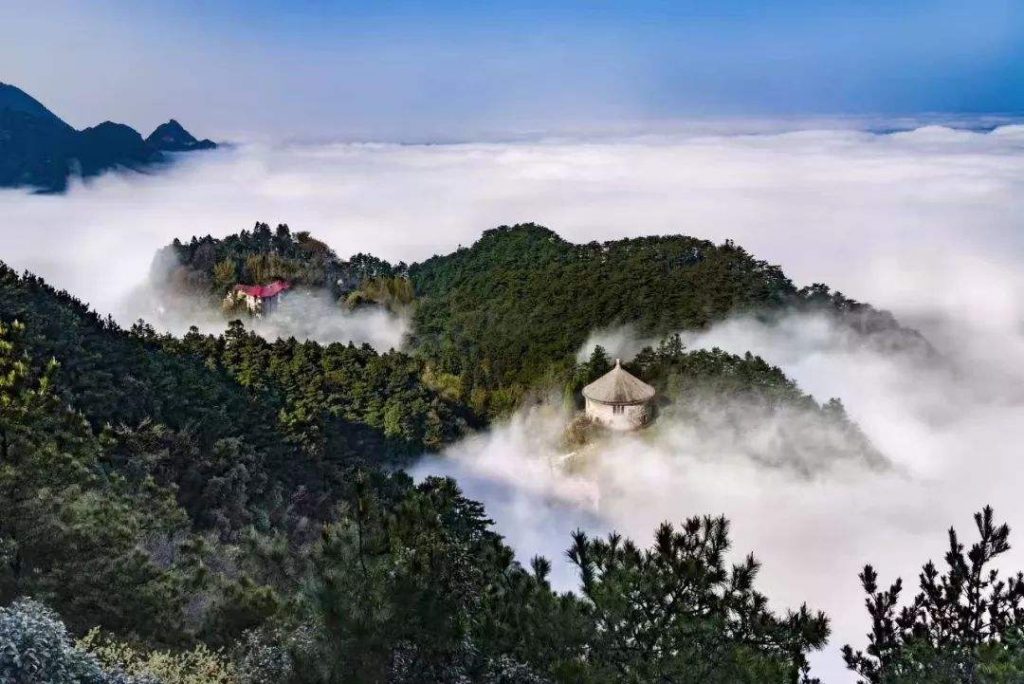
East of the museum is the Monument of Mao Zedongs’ Poems( Zedong shibei yuan), where Mao’s’ own composition and favorite verses are inscribed on huge slabs of granite.
East of the museum is the Botanical Gardens (zhi wuyuan ) which have a staggering 3,000 native alpine and tropical flora specimens on exhibit. South of the Botanical Gardens, short taxi ride away, is Embracing Lake Poyang Archway(hanpokou), where you can catch the sun rising over Poyang Lake and southern Yangtze Valley.the sun rises at 5am in the summer and 7am in the winter. You can also strike out on your own for a 3-hour hike towards Sandiequan Falls ( sandiequan pubu), where savage rapids literally cascade into clouds of mists.
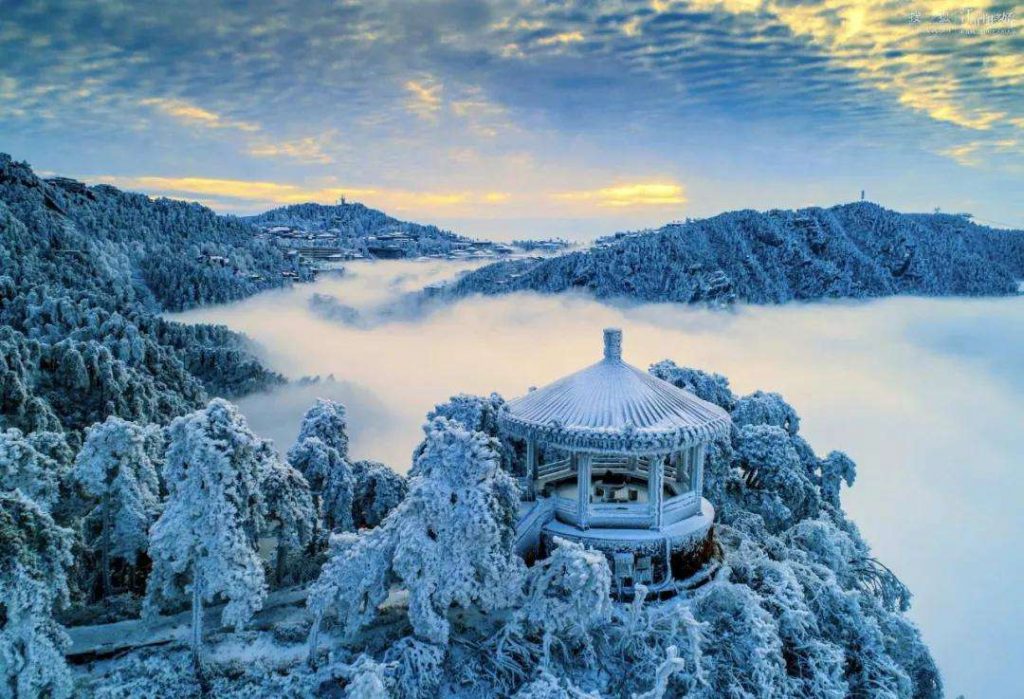
Lu Shan’s most maiestic sights. The fall 705 feet (215 m) high and cascade de These famous falls are on the southeaste slope f the mountain and are considered one three levels. The falls have attracted their share of ancient poets, some of whom have left trees, craggy rocks and perilous peaks have all served as a natural Muse, especially during the sunrise and sunsets. Due to the popularity of the falls, be prepared to jostle enthusiastic tour groups along steep paths for piece of the fantastic view.
Xiu Peak(xiufeng) is located in an area of Lu Shan called“shan nan.” Durin the 10th century the Kaixian Temple was built here. In 1707, Qing emperor Kangxi gave the temple a visit and gave the temple its present name, Xiufeng Temple (xiufeng si ) The scenery around the temple, like throughout Lu Shan, is gorgeous.

Trekking along the narrow trail to Sandiequan Falls early in the morning. near Lu used to Enjoying a leisurely picnic near Lulin Lake, where Mao used to swim.specialt Savoring Lu Shan’s specialty Cloud and Mist tea, brewed with natural spring water from the mountain.
